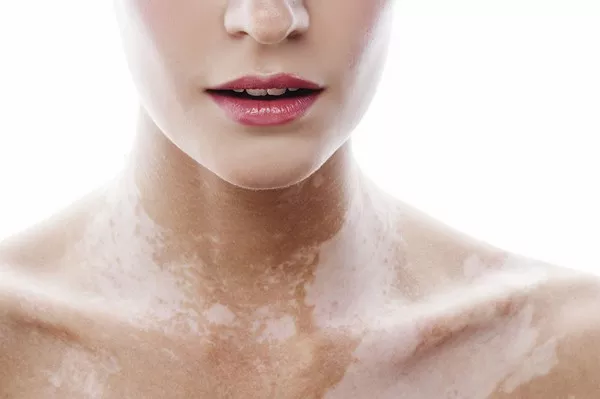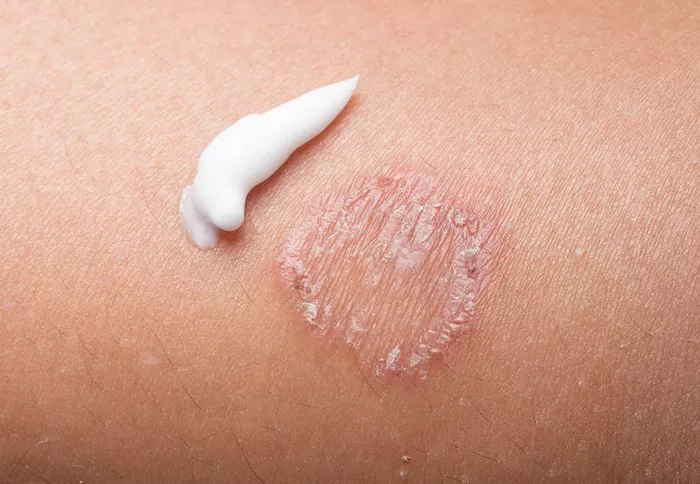Vitiligo is a chronic skin condition characterized by the loss of pigmentation, resulting in white patches on the skin. While the exact cause of vitiligo remains unclear, it is believed to be an autoimmune disorder in which the body’s immune system mistakenly attacks and destroys the melanocytes, the cells responsible for producing skin pigment. Managing vitiligo involves various approaches, including medical treatments, phototherapy, and lifestyle changes. Among these lifestyle changes, dietary modifications play a significant role in managing the symptoms of vitiligo.
The Role of Diet in Vitiligo Management
While diet alone cannot cure vitiligo, certain foods may exacerbate symptoms or interfere with treatment effectiveness. Understanding which foods to avoid can help individuals with vitiligo better manage their condition and potentially slow down the progression of depigmentation. It is essential to note that dietary recommendations may vary among individuals, and consulting with a healthcare professional or registered dietitian is advisable before making significant dietary changes.
Gluten-containing Foods
Gluten is a protein found in wheat, barley, rye, and related grains. For individuals with autoimmune conditions such as vitiligo, gluten consumption may trigger inflammation and exacerbate symptoms. Research suggests a possible link between gluten sensitivity and autoimmune diseases, including vitiligo. Therefore, avoiding gluten-containing foods may be beneficial for some individuals with vitiligo.
Common sources of gluten include:
Wheat-based products such as bread, pasta, and baked goods
Barley-based products including malt, malt vinegar, and beer
Rye bread and rye-based cereals
Opting for gluten-free alternatives such as rice, quinoa, buckwheat, and gluten-free oats can provide nutrient-rich options without exacerbating inflammation associated with vitiligo.
Processed Foods
Processed foods are often laden with additives, preservatives, and artificial ingredients that can potentially trigger inflammation and worsen autoimmune conditions like vitiligo. These foods typically lack essential nutrients and antioxidants vital for overall skin health. Additionally, processed foods often contain high levels of refined sugars and unhealthy fats, which can contribute to oxidative stress and inflammation in the body.
Common processed foods to avoid include:
Sugary snacks such as candy, pastries, and sweetened beverages
Processed meats like sausages, bacon, and deli meats
Packaged snacks such as chips, crackers, and microwave meals
Fast food and fried foods
Opting for whole, nutrient-dense foods such as fruits, vegetables, lean proteins, and whole grains can provide the body with essential vitamins, minerals, and antioxidants while minimizing inflammation and supporting overall skin health.
Dairy Products
Dairy products, particularly cow’s milk, have been implicated in autoimmune conditions due to their potential to trigger inflammation and immune responses in susceptible individuals. Some individuals with vitiligo may experience improvement in symptoms upon eliminating dairy products from their diet. Additionally, dairy products contain a protein called casein, which may cross-react with gluten and exacerbate autoimmune reactions in sensitive individuals.
Common dairy products to avoid include:
Cow’s milk, cheese, yogurt, and butter
Processed dairy products like ice cream and cream cheese
Alternatives such as almond milk, coconut milk, soy milk, and dairy-free yogurt can provide calcium and other nutrients without the potential inflammatory effects of cow’s milk.
Nightshade Vegetables
Nightshade vegetables belong to the Solanaceae family and include tomatoes, potatoes, eggplants, and bell peppers. While these vegetables are nutritious and rich in antioxidants, some individuals with autoimmune conditions, including vitiligo, may experience worsening symptoms upon consuming nightshades. Nightshade vegetables contain alkaloids, compounds that may trigger inflammation and immune responses in susceptible individuals.
For individuals with vitiligo, eliminating or reducing nightshade vegetables from the diet may help alleviate symptoms and reduce inflammation. However, it is essential to note that not all individuals with vitiligo may experience adverse effects from consuming nightshades, and individual tolerance may vary.
Conclusion
While dietary modifications alone may not cure vitiligo, they can play a crucial role in managing symptoms and supporting overall health and well-being. Avoiding certain foods that may exacerbate inflammation and trigger autoimmune responses can help individuals with vitiligo better manage their condition and potentially slow down the progression of depigmentation.
It is essential for individuals with vitiligo to work closely with healthcare professionals, including dermatologists and registered dietitians, to develop a personalized treatment plan that addresses their specific needs and concerns. By adopting a balanced diet rich in whole, nutrient-dense foods and avoiding potential trigger foods, individuals with vitiligo can optimize their health and quality of life while managing their condition effectively.


























